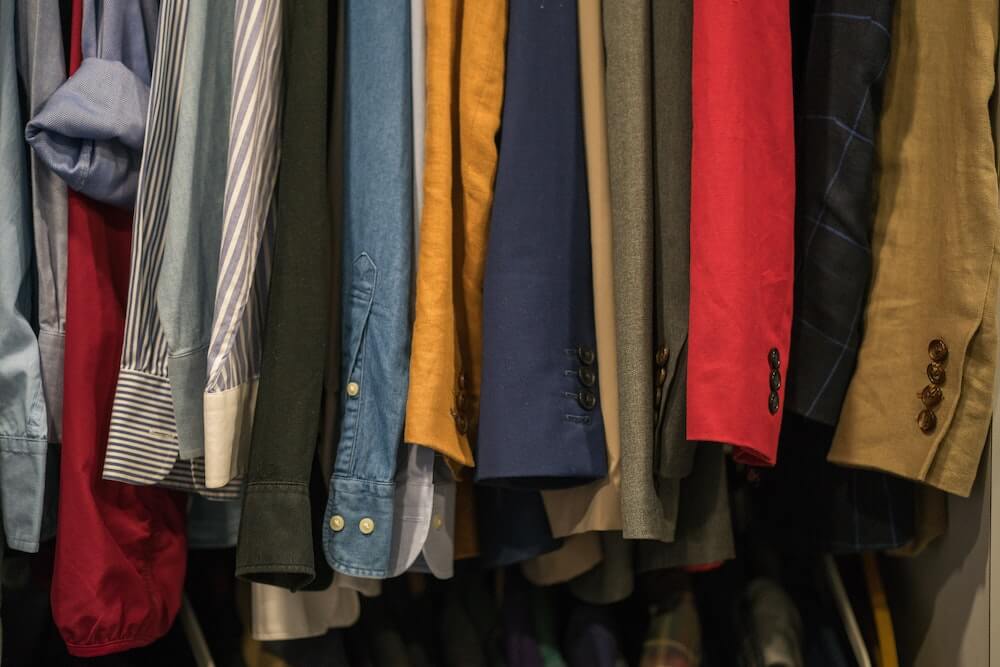- Blog
- DTC
The True Cost Of An Apparel Stockout


Retailers struggling with stockouts is nothing new. But 57% of shoppers saying the clothing items they want are almost never in stock? Well, that’s very new.
In fact, a Lucidworks report found that the apparel industry had one of the highest out-of-stock rates ever in 2021. And with ongoing supply chain issues and new geopolitical tensions, 2022 will likely see even worse stockout rates.
And these widespread stockouts are hitting brands right where it hurts: their revenue.
Sure, 85% of shoppers have at least 1 item (typically intimates, shoes, or jeans) they refuse to substitute. And 91% will sign up for back-in-stock notifications when it’s an option.
But the products that customers actually come back to buy are few and far. As a result, back-in-stock notifications see a dismal 5-15% conversion rate.
Roughly 70% of apparel brands recommend substitutes to try and save the sale. And per the 800 consumers that Lucidworks surveyed, 76% will buy an alternative. But, 69% will do so with a competitor.
In 2018, IHL Group estimated that retailers missed out on ~$1T in sales thanks to stockouts. And as out-of-stock rates (and inflation) rise well beyond 2018 levels, missed sales opportunities cost retailers even more.
However, brands that sell on backorder are softening the hit. Backorders empower customers to buy what they want when they want it – even when the item is temporarily sold out.
And so long as the retailer sets clear expectations on when customers will get their backordered items, people don’t mind the longer wait.
As a result, Cogsy’s found that selling on backorder converts only negligibly lower than selling that same SKU in stock.
And it’s offering brands in all sectors (not just apparel) a new solution to an age-old problem, ensuring that rising stockout rates don’t drive down revenue.